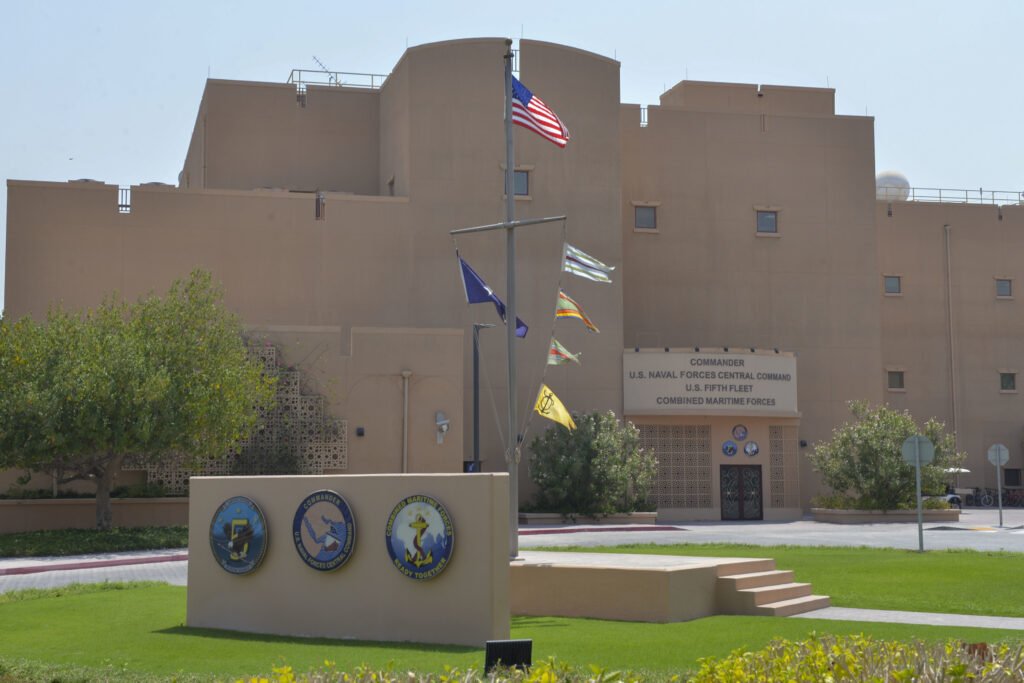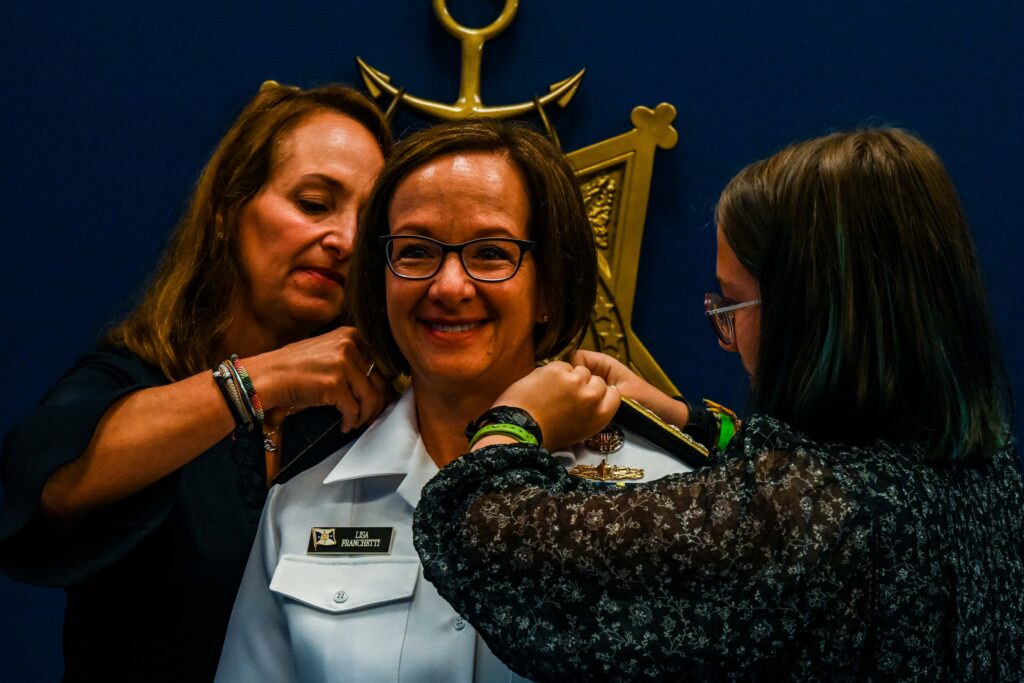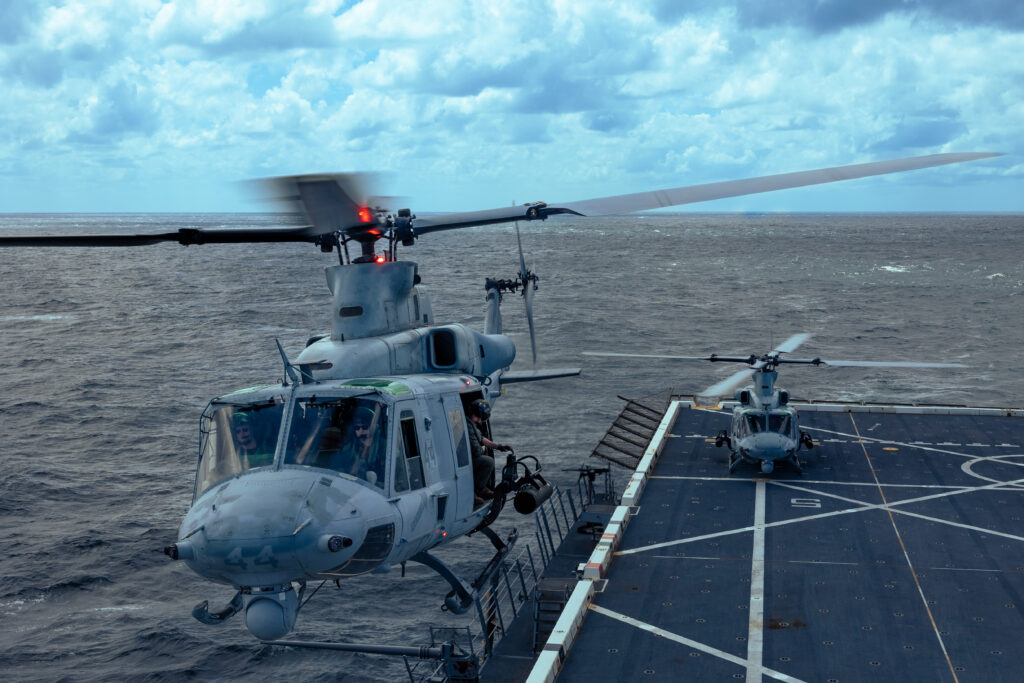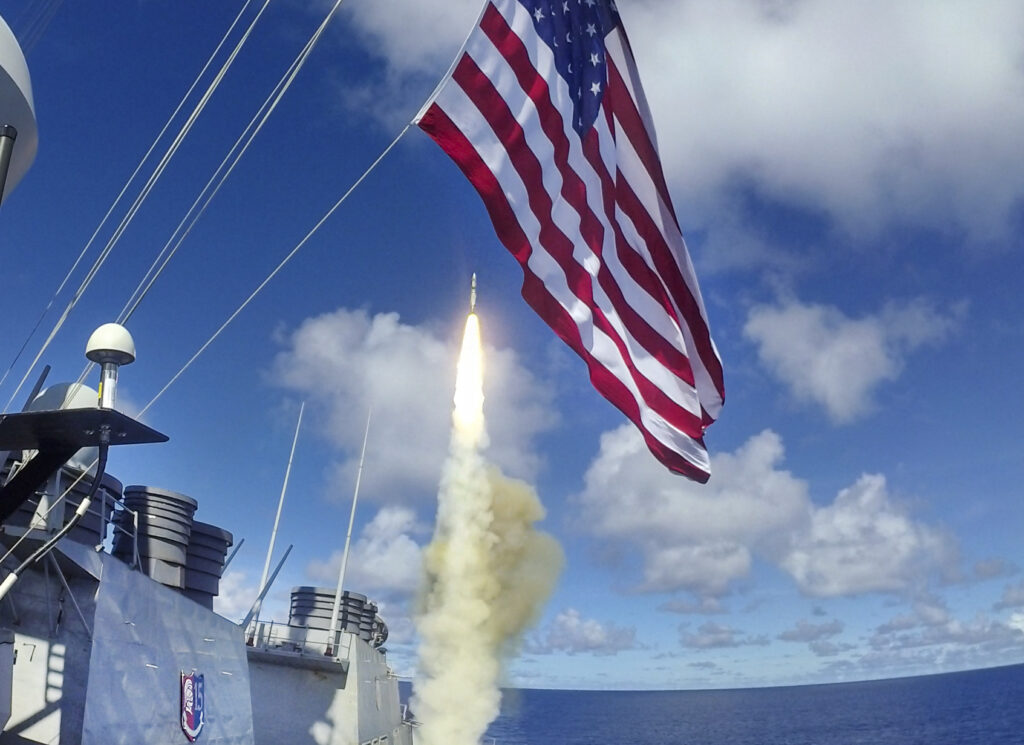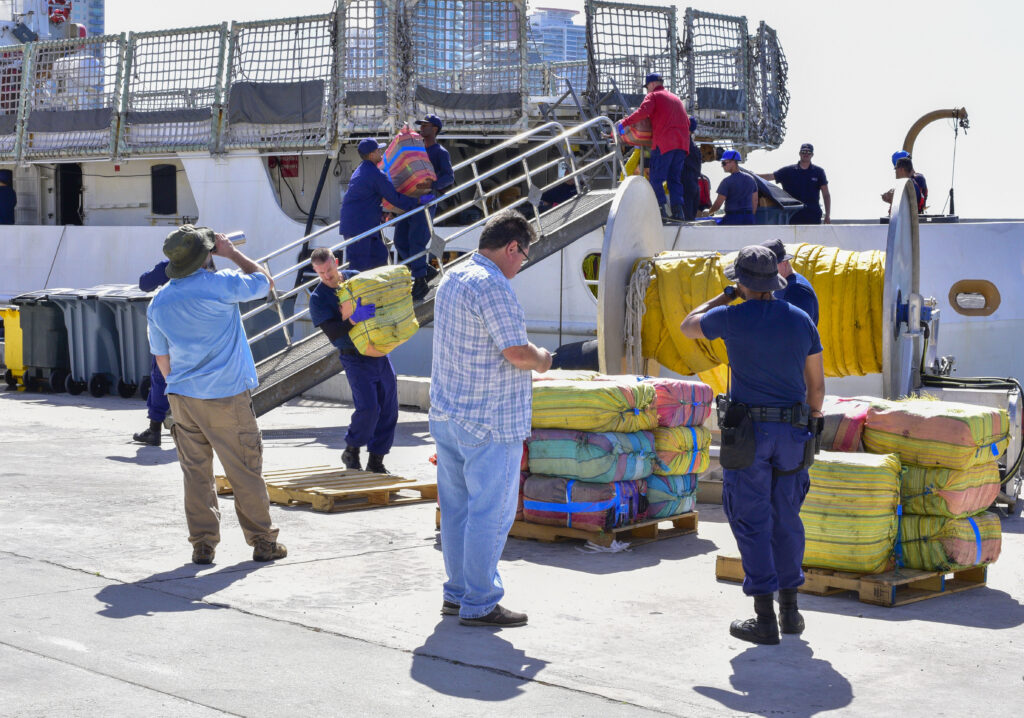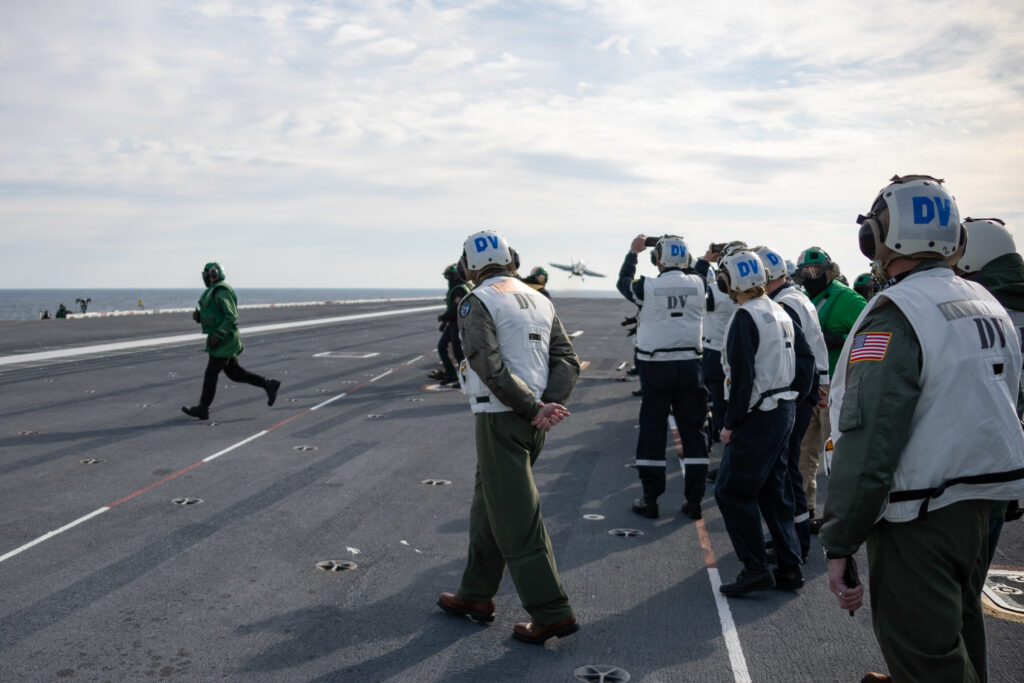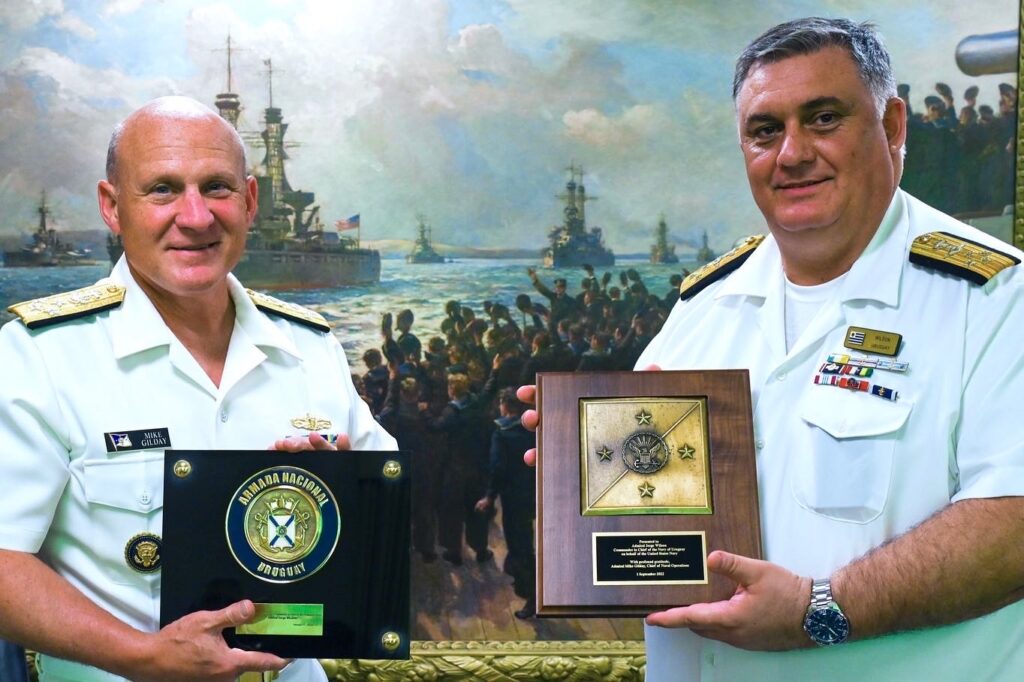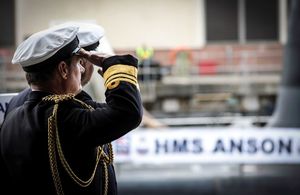NEWPORT, R.I. — As part of Defense Innovation Days, its signature national convening, SENEDIA (Southeast New England Defense Industrial Association) on Aug. 31 brought together White House, Department of Defense, Department of Labor and industry leaders for a compelling summit, “Building the Shipbuilding Workforce to Meet National Security and Supply Chain Priorities.”
Key takeaways from the summit included:
- The workforce is the top concern for government and industry leaders. There is a lot of great work going on, but it is not enough to meet the current and future workforce needs of the shipbuilding industry.
- The challenges of workforce shortages and eroded talent pipelines are too complex for any one entity to address and solve alone. Effectively tackling these challenges requires new ways of thinking and new ways of partnering to develop regional training systems meeting critical defense needs. It is a strategic issue crossing state and industry lines.
- The shipbuilding industry needs to work together to make the case for manufacturing careers and reach underrepresented populations, including women, communities of color, refugees, and the previously incarcerated. Students need to be introduced to manufacturing careers earlier in their education.
- Partnerships need to address all the barriers to recruitment, hiring, and retention of workforce, including pay, benefits, and issues like housing and childcare.
With national projections of 2.1 million unfilled manufacturing jobs by 2030, summit speakers painted a picture of a workforce development strategy that starts in early childhood and continues through multiple pathways into the profession.
Sen. Jack Reed (D-Rhode Island), chair of the Senate Armed Services Committee, welcomed the attendees. He highlighted that Rhode Island has a good story to tell about creating a model for workforce development that can strengthen our national security and workforce. The effort has created a sustainable workforce development pipeline to build submarines, and it is a program that can be replicated and shared with other sectors of the economy.
Deborah Rosenblum, assistant secretary of Defense for Industrial Base Policy, gave the keynote address for the summit. She highlighted that supply chain resilience and workforce development are national security imperatives. For more than 50 years, markets have prioritized supply chain efficiency over supply chain resilience. The need to invest in the resilience of the defense ecosystem has been made clear by the pandemic and the Russian invasion of Ukraine.
“The workforce challenge is beyond any one state, agency, or manufacturer to solve,” she said. “That is why DoD is making targeted investments in training through the Industrial Base Analysis and Sustainment National Imperative for Industrial Skills initiative and partnering with SENEDIA’s regional Next Gen Submarine Shipbuilding Supply Chain Partnership. The partnership has trained over 2,000 workers and focused attention to shipbuilding careers.”
Celeste Drake, White House National Economic Council deputy director for Labor Economy, expanded on the need for investment in the workforce. Manufacturing jobs are a pathway to the middle class. Over time, employer training eroded, and the public system has not kept up. Skills investment only works if they are the skills employers are looking for in their region. She also emphasized that resources and support for childcare and other caregiving responsibilities must be a part of the equation.
“We are behind other advanced economies right now, but we have a tremendous opportunity in front of us,” she said. “We are investing in the future of America.”
Manny Lamarre, senior advisor for the Employment and Training Administration at the U.S. Department of Labor, discussed the importance of equity, job quality, and partnerships. Companies can’t build the workforce of the future alone. The best way to scale workforce readiness is through partnerships that include industry, labor, and all levels of government (federal, state, local).
“To build a strong workforce, we need to create opportunities for young people to be exposed and introduced to the shipbuilding industry,” he said.
Adele Ratcliff, director of the DoD Industrial Base Analysis and Sustainment Program, said the need for early career exploration and skills building is more urgent than ever.
“Gaps in manufacturing workforce are undermining the entire sector. When the United States moved from quality manufacturing to cost manufacturing, companies took on a job shop mentality. The entire educational and recruitment pipeline from K-12 through community college eroded,” she said. “IBAS is investing in the skills imperative — piloting new programs, reducing the cycle time on training, and responding to new skills needs.”
Redefining career pathways in defense and helping more people see themselves reflected in those opportunities means new avenues for recruitment.
Navy Rear Adm. Scott Pappano, Navy Program Executive Officer for Strategic Submarines, said a strong and sustainable workforce is critical to the construction of Columbia-class and Virginia-class submarines — a top priority for the U.S. Navy. The current worker shortage needs to be closed faster, which will require thinking outside the box.
“We have to do things differently than we have done in the past,” he said. “The workforce is the rising tide that lifts all boats. That is the bottom line.”
Pappano went on to say that he and his team are expanding the view on ideal candidates for the defense industrial base jobs of tomorrow. At-risk youth and retraining for adult learners are some of the non-traditional sources that he hopes to expand, as well as refugees and those who come to America looking for a better life. For these individuals, defense employment could provide an expedited path to citizenship and a sense of patriotism and purpose, while the industry benefits from a new source of talent.
Rounding out the summit panel, Shawn Coyne, General Dynamics Electric Boat vice president for Human Resources, and Ray Steen, General Dynamics Bath Iron Works vice president for Human Resources shared additional strategies for bolstering the ranks of the shipbuilding workforce and the broader defense workforce. Andrew Bond, General Dynamics Electric Boat vice president for Planning, was the moderator of the event.
Coyne announced that General Dynamics Electric Boat earlier this week increased their new minimum starting pay for unskilled workers to $20 per hour. They have also significantly increased recruitment efforts, hosting or attending 350 recruitment events to date this year alone.
Particularly important, the speakers agreed, is increasing flexibility and benefits. Steen said a 9 to 5 job affords more options for childcare than the typical 7 a.m. start in military and defense environments. Changing shifts or creating flexibility, he said, can remove a major barrier for employment.
Consistently throughout the summit discussion, participants agreed that workforce development is a shared responsibility. Molly Magee, SENEDIA executive director, concluded that everyone at the summit has a clear call to action in their respective spheres of influence to break down the barriers to recruitment, hiring, and retention of the shipbuilding workforce.
